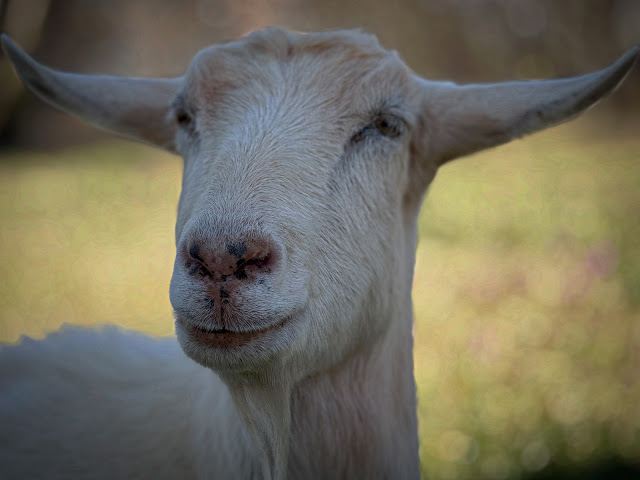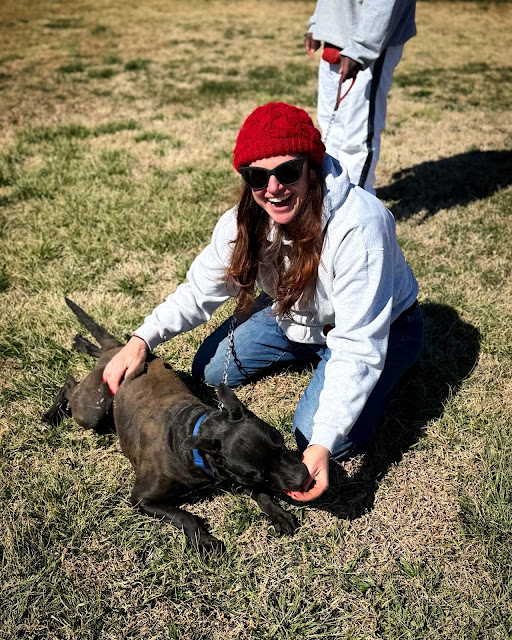Current situation:
Most mornings involve both dogs not being thrilled with my early morning schedule, so while they snooze and do the minimum ‘pee walk’ and go back to bed, I have this quiet morning time to have coffee, open all the windows and listen to the birdsong, and get ready for work, doing a job I absolutely LOVE.
I get home in the early afternoon and that’s when all the fun happens out here. The dogs have their spots - Poptart loves the porch and all the carpenter bees that buzz around and Reece loves the yard where I have the hammock and a soft doggie bed out for sunning his old bones. He’s been moving a lot slower lately due to arthritis. It’s hard to believe that it’s been 6 years since I brought him out to the farm…
I’ve been doing lots of work on the property and I am almost out of time for some of the projects that I wanted to get done before the snakes are slitherin’, but what’s another year to wait?
The grounds are looking absolutely stunning and the horses and goats have been enjoying the fresh green grass that has been emerging recently.
Mr. Marbles has not made an appearance to me or the cameras around the property in almost 5 months, so sadly at this point I think it’s safe to say he’s likely graduated to beyond the rainbow bridge. He definitely broke the record for length of time that a cat has been able to avoid the coyotes. Usually I only see them around 2-3 months before they disappear and he managed to hang around for two years. If you are unfamiliar with Mr. Marbles, I tried very hard to tame him enough to get him into an adoptive home, but he was too feral and bolted like lightening with every one but me. It took him a year to trust me and that really only happened after I had to trap him and get him seen by a vet due to an injury. I kept him in the former chicken coop for 4 weeks for recovery and that’s when he decided I was trustworthy.
Anyway, no other farm cats will ever be as cool as Marbles in looks and survival skills and I do miss seeing his fluffy butt around.
I have found some really cool boots and dresses at thrift stores and estate sales so will hopefully be sharing more outfit posts soon. Last weekend I went out to a movie and couldn’t help but brag that my sweater, dress, and boots were all found second hand and combined only cost $13! As you know, this kind of thing is truly what started the Frugal Fashionable Farmer blog in the first place.
Yeah, it’s been a strange few years of change and loss and I’m finally feeling like I’ve found myself again…
Have a lovely day…
xo
-s
































